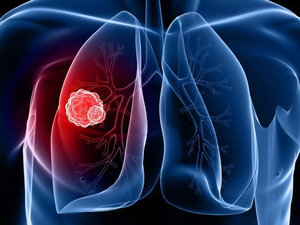High triglycerides
High triglycerides refer to the concentration of triglycerides in the blood being greater than the normal range. Its occurrence is mainly related to heredity, bad living habits, and primary diseases…
Excessive sweating on the head
Hyperhidrosis of the head refers to a significant increase in the amount of sweat on the head, which may be accompanied by increased sweating in other parts of the body,…
Low pressure high
High diastolic blood pressure is a manifestation of high blood pressure. When the diastolic blood pressure is higher than 90mmHg, it is considered to be high diastolic blood pressure. This…
Itchy ears
Ear pruritus is an unpleasant skin sensation of itching of the auricle, the skin around the ear or the ear canal caused by slight stimulation of the sensory nerves in…
Sleep twitching
Convulsion refers to the involuntary twitching or strong contraction of skeletal muscles in the whole body or in a group of local areas, which can often cause joint movement and…
Gum Recession
Gingival recession, also known as gum recession in medicine, refers to the retreat of the gum margin towards the tooth root, exposing the tooth root. It is common among the…
hyperlipidemia
Hyperlipidemia, also known as hyperlipidemia or dyslipidemia, refers to an increase in the levels of cholesterol (CH), triglycerides (TG), and low-density lipoprotein cholesterol (LDL-C) in the serum, while the level…
depression
Depression is a typical condition of depressive disorder, characterized by low mood, decreased interest, pessimism, slow thinking, lack of initiative, self blame, poor diet and sleep, worry about various illnesses,…



